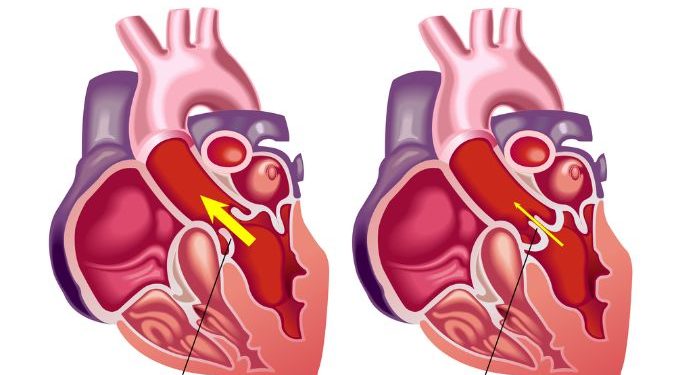Endocarditis symptoms include fever, shortness of breath, fatigue and a fast heart rate. If you are feeling any of these signs or symptoms, get medical help right away. It can be serious and life-threatening, so see your healthcare provider as soon as possible.
Symptoms may appear suddenly or gradually, and can affect any part of the body. They can include shortness of breath, weakness, dizziness or lightheadedness, confusion and changes in the skin, hair, or eyes. You may also experience chest pain or tightness.
Your doctor will do a physical exam and ask about your health history. They will also look at your heart with a special test called an echocardiogram. This helps them see if you have an abnormal heart valve or a collection of bacteria and small blood clots (called vegetations) on the valves. These may be the main signs that you have bacterial endocarditis.
Infective endocarditis is caused by infection with bacteria or fungi that enter your bloodstream and settle on the surface lining of your heart or on abnormal heart valves. These bacteria usually get into your bloodstream after a medical or dental procedure that breaks down skin, tissues or organs.
Then, the bacteria stick to the lining or valves of your heart and cause inflammation, which can lead to the formation of vegetations and blockage of blood flow through your valves. The bacteria can then lead to infections of other parts of your body, such as the lungs.

Some people are more at risk for bacterial endocarditis than others. These include people who have congenital heart defects, a weakened immune system due to a health condition, such as HIV, or who have had a heart valve replaced or repaired.
Those with certain other kinds of heart defects are especially predisposed to bacterial endocarditis because of a condition in which the heart valves or tissue around them have abnormalities that give the bacteria an easier place to attach and grow. These abnormalities can also lead to a weakened immune system, which can make the bacteria more difficult to fight off.
Most cases of bacterial endocarditis are caused by staphylococci (staph) or streptococci (strep). These bacteria can be found in the mouth, respiratory tract and skin.
They can also get into the bloodstream from a wound or other source after an injury, such as an open fracture or surgery. This is why a physical examination and an echocardiogram are important in diagnosing bacterial endocarditis.
A special test called a transesophageal echocardiogram (TEE) can also be used to check for a leak in your heart valves or a buildup of fluid on the inside of your heart. Depending on the results of your TEE, your doctor may order other tests to make a diagnosis.
The treatment for bacterial endocarditis involves antibiotics, and your doctor will monitor you closely to make sure the symptoms have gone away. You may need follow-up appointments or surgery to fix damaged heart valves or drain abscesses that are causing pressure in your heart muscle. You may also need to take antifungal medicines.









